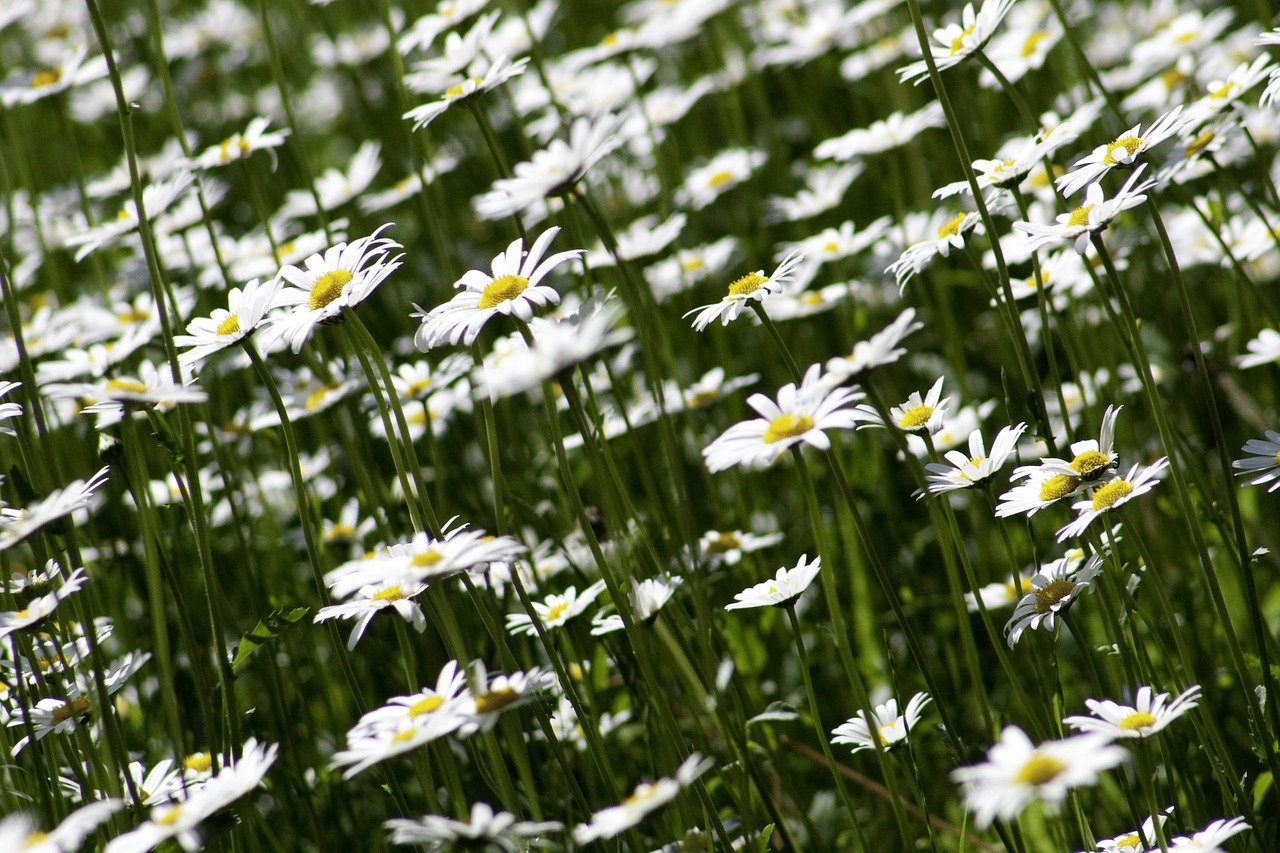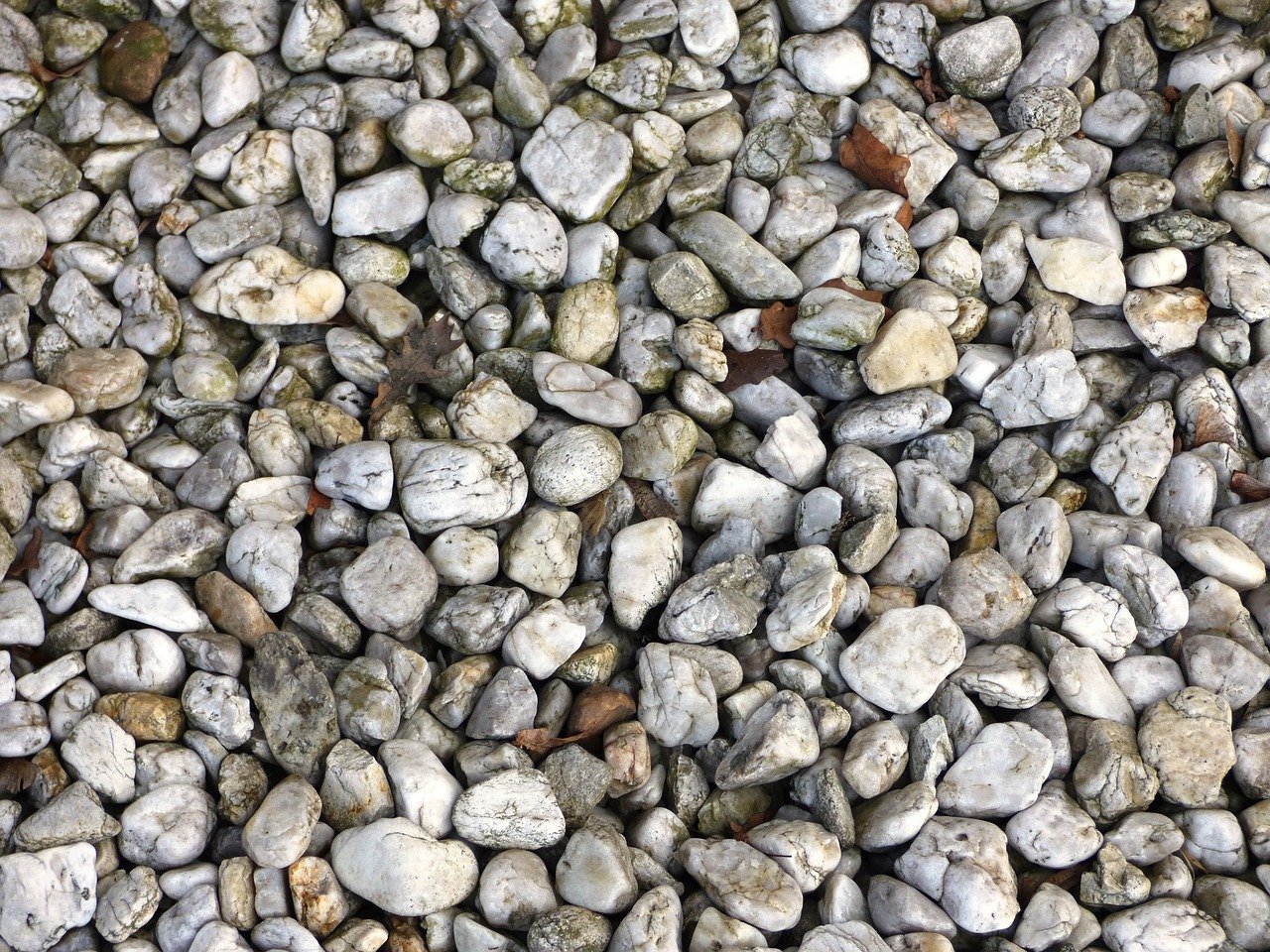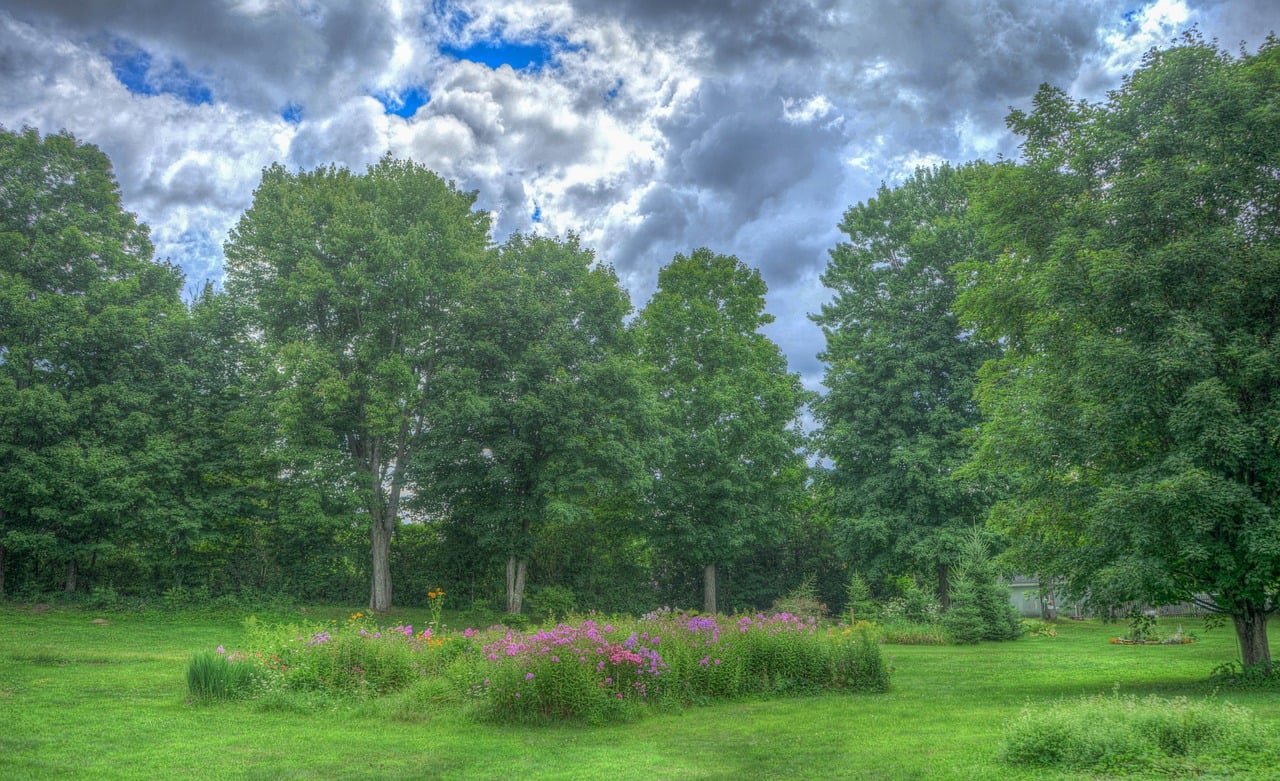
I was expecting the road to becoming a bonafide eco-friendly gardener to be bumpy, but not to zig-zag off into quagmires of confusions.
Hard landscaping has led me to such boggy places for, unless you chip your own wood (by hand) or cycle down to your nearest shellfish processor to fill your panniers with discarded shells, almost any landscaping material you might want to use has an environmental impact.
The more I’ve been digging, and talking to garden designers who specialise in creating sustainable gardens, the more befuddled I’ve been getting.
Hard facts
Take concrete. From the depressing statistics, it should clearly be in the ‘No’ pile as its production significantly contributes to global warming – for every ton of cement produced, approximately one ton of carbon dioxide is emitted.
But, in the UK, the concrete industry, which is responsible for 2.6% of carbon dioxide emissions, has been making strides to improve its environmental performance by measures, such as reducing its energy output and using recycled aggregates and cement substitutes.
So should we give it a chance and put it on the ‘Maybe’ pile? Natural stone, on the other hand, sounds as if it should be a dead cert ‘Yes’.
What if it has travelled by road hundreds of miles to reach your garden? And do you know whetherit’s been extracted in an environmentally sensitive way?
Or maybe it comes from a country where there are likely to be ethical issues to consider as well – Indian sandstone is in the spotlight now, because young children are being used by some companies to break the stone.
Natural or not

Gravel is another safe sounding natural product – it allows water to drain through it and acts as a mulch for anything you plant in it – so must surely be in the ‘Yes’ pile.
Only, say the environmentalists, if it is locally sourced and has not been dredged from the sea bed, as this process kills unknown quantities of marine life.
The bags of gravel in the garden centre, unhelpfully, don’t say where they come from.
And then there’s permeable pavers which have been trumpeted as the answer to urban flooding – they channel water into the ground or holding tanks, rather than the drains – an increasing risk as so many of us are paving over our front gardens.
But the pavers are made from concrete. I’m sure you’re getting the picture.
Planning for the future
So what is the eco-gardener supposed to do about paths, terracing and patios, driveways and walls?
Mark Laurence, who has been using sustainable materials in his designs for many years, says it’s all a question of compromise and that we should try to choose the less damaging materials, ‘the more you specify them when you’re planning to do some hard landscaping, the more they’ll become available,’ he suggests.
So think about three things: the energy used to source, manufacture and install them; the energy used to transport them and how the materials behave in your garden. And then make up your own mind.
These pointers may help
If laying a new surface, consider reclaimed materials such as brick, terracotta roof tiles (for path edges), stone and timber (more on timber next column).
They may well cost more, but they will immediately make the area look like it belongs to the rest of the garden, especially if you choose bricks that match your house bricks.
To allow water to filter into the ground, lay the paving so that it slopes (almost imperceptibly) into the flower beds or fill the gaps with sand or grit (and be prepared to scald occasional weeds).
Our columnist, The Times gardening editor Anne Gatti, has a small, sunny garden in Surrey.
Find out more:

Reduce your use of concrete by laying paving on hard core and sand or even just a bed of sand. Once the concrete industry lets us know which of its pavers contain recycled aggregate and reduced or substitute cement – at the moment it appears not to reveal this – then choose one of these more eco-friendly products.
For paths, consider chipped wood or bark over a layer of crushed aggregate and sand – this got an A rating (most sustainable) in the BRE’s (British Research Establishment) environmental assessment. And, if decking is what would suit your garden best, ensure the timber is FSC or PEFC certified.
If you’re buying natural stone or pebbles, go for those that are locally sourced. Avoid marine gravel – if the supplier can’t tell you its origins, choose a recycled variety.
Keep asking your supplier, landscaper or garden designer what’s in the material, and where it comes from. That way everyone
will become more aware that there’s ‘room for improvement’, as my school report used to say.
And if you want to know the full environmental impact of a hard surfacing material you’ll need take into account every process from its ‘birth’ to its eventual disposal.
This assessment has been done by researchers at BRE and is published in their Green Guide to Housing Specification by J Anderson and N Howard, GBP40 www.brebookshop.com
For sustainable natural stone try:
Marshalls Natural Stone – Their suppliers have to comply to strict auditing standards.
Tel: 0870 411 2266.
www.marshalls.co.uk
Mark Laurence is a garden designer who specialises in using sustainable materials.
Tel: +44 (0)1243 533545.
www.marklaurence.com
By kind permission from the English Garden Magazine, May 2007 issue. Written by Anne Gatti
www.theenglishgarden.co.uk


